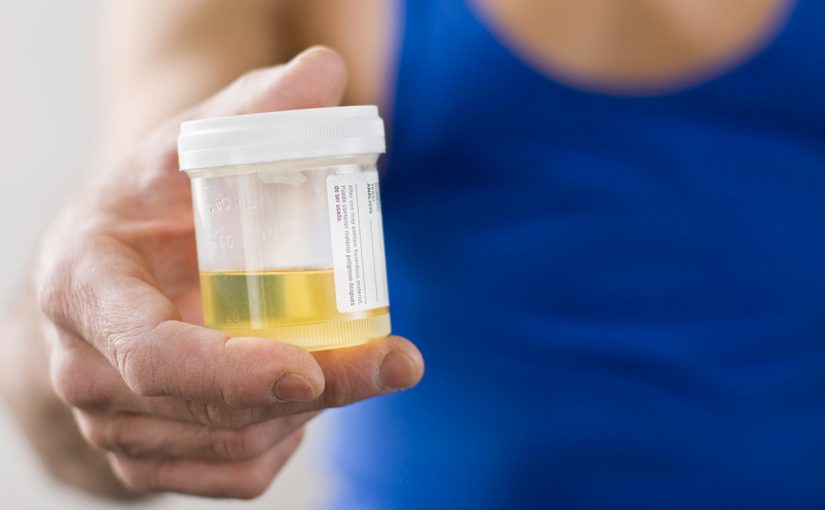Hardly a week goes by without another story about a “simple” blood test that can do everything from diagnosing 8 types of cancer to predicting your life expectancy. But we feel like there’s another bodily fluid that isn’t getting the recognition it deserves. Urine. Because what’s pathology without the pee?
learn about your tests in plain-English
It can feel awkward to hand over a jar of your bodily waste to a collector. You may think to yourself, why can’t they just take a blood sample? But urine tests can tell us a lot about our health that blood can’t.
(Also – don’t feel awkward, your collector is a trained health professional and they’re not fazed by a bit of urine.)
What are urine tests used for?
Urine tests can be used for a whole range of diagnoses. From confirming a pregnancy to diagnosing an infection such as a UTI or an STI, checking kidney function, monitoring diseases such as diabetes and bladder cancer or monitoring drug use (for legal purposes or a pre-employment screening).
Urine is produced in your kidneys and passed through the urinary tract (ureters, bladder and urethra) before being expelled from the body. It’s mostly water (about 99%) but the remaining 1% is made up of urea, uric acid, ammonia, hormones, dead blood cells, proteins, salts and minerals, and toxins. It’s a waste product – your body getting rid of chemicals it doesn’t need. And that’s why urine tests are so useful; in many cases we can learn as much about a person’s health from what the body expels as what it holds onto.
A person with kidney disease, for example, will have both urine tests and blood tests to monitor their condition. The urine is tested for albumin, a type of protein. Your body needs protein, so having high levels in your urine may mean that your kidneys are not filtering your blood well enough. The blood is tested for creatinine, which comes from muscle tissue. It’s a waste product but when the kidneys are damaged, they have trouble removing creatinine from your blood.
Collection
Generally, it doesn’t matter what time of day you collect a urine sample, but there are occasional exceptions. Your doctor may, for example, request a first morning sample because the urine is more concentrated and therefore it is more likely to show up any abnormalities. Or if the doctor is looking for glucose in the urine they may ask you to collect a sample after a meal.
You will probably be asked for a “mid-stream” sample. Urine is naturally sterile so if a test shows up bacteria this can be a sign of infection. By taking a sample from the middle of the stream you are reducing the likelihood of contamination from bacteria and cells from the surrounding skin. This is important – contamination due to improper collection can mean having to provide a second sample or even result in unnecessary treatment.
What happens to your urine once it’s in the lab?
Luckily for lab staff technology has improved a lot over the years when it comes to urine testing. In Medieval Europe doctors would observe the smell, consistency and even taste of urine to diagnose their patients.
These days analysis is a bit more scientific. For a UTI, for example, the first step usually involves your doctor carrying out a point of care test, whereby they dip a specially treated strip into a urine sample.
The strip will change colour depending on the diagnosis. If it detects white blood cells, blood or chemicals called nitrites, infection is likely. The sample is then sent to a lab for further testing. In the lab a scientist analyses the sample to confirm the presence of white blood cells and bacteria. They can also test it to work out which antibiotic is most likely to be effective (an important step in combating antibiotic resistance).
And whilst your lab technician isn’t tasting your sample, the Medieval doctors weren’t entirely wrong. A strong odour, for example, could be a sign of a urinary tract infection whilst a sweet smell could indicate diabetes. Cloudy urine could be a result of infection whilst pinkish coloured urine may mean there’s blood present.


